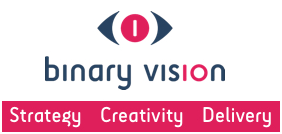How we work
The most successful digital projects are born out of close collaboration and communication. And that is how we like to work.
Working with you
We provide excellent access to our Project Lead be it by phone or over a coffee, as and when it might help.
And we believe that regular face-to-face contact is important for any co-design team to function well – and especially to build understanding, in the early stages of a project.
We also work in the open – which means sharing our work with you as we go along, encouraging you (and your stakeholders) to be a part of it.
Be it our (simple to use) online Kanban boards, our user testing sessions, or the emerging and iterating digital product itself.
